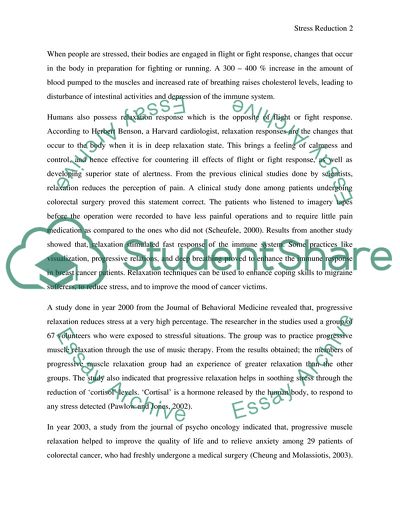Cite this document
(“Progressive Muscle Relaxation [PMR] Term Paper Example | Topics and Well Written Essays - 1750 words”, n.d.)
Retrieved from https://studentshare.org/psychology/1590133-progressive-muscle-relaxation-pmr
Retrieved from https://studentshare.org/psychology/1590133-progressive-muscle-relaxation-pmr
(Progressive Muscle Relaxation [PMR] Term Paper Example | Topics and Well Written Essays - 1750 Words)
https://studentshare.org/psychology/1590133-progressive-muscle-relaxation-pmr.
https://studentshare.org/psychology/1590133-progressive-muscle-relaxation-pmr.
“Progressive Muscle Relaxation [PMR] Term Paper Example | Topics and Well Written Essays - 1750 Words”, n.d. https://studentshare.org/psychology/1590133-progressive-muscle-relaxation-pmr.


